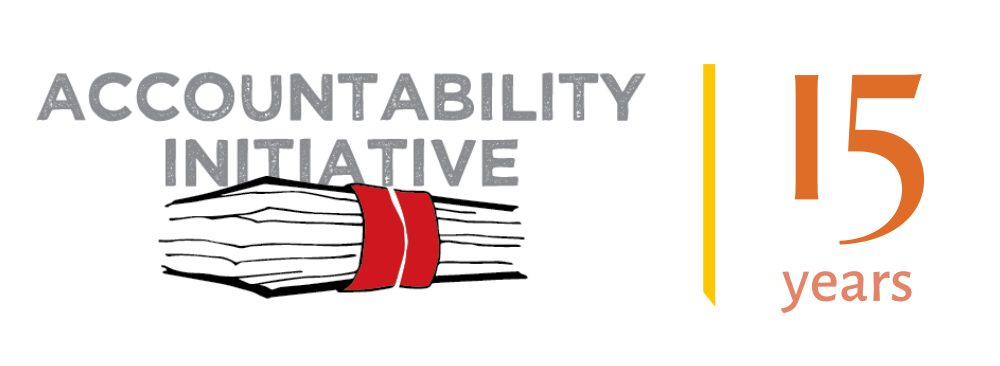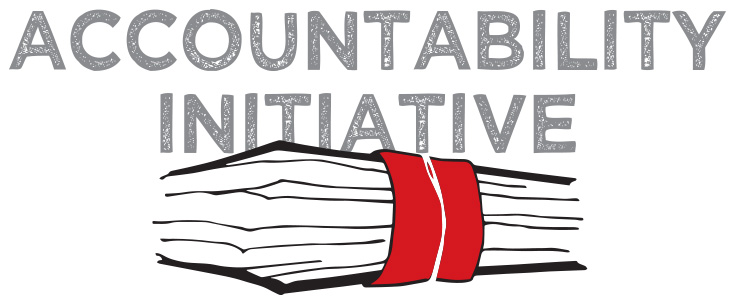A fortnightly round up of accountability news and views from around the world.
UK: Web-inventor calls for government data transparency
The inventor of the World Wide Web talks about the need for countries to open up and make public data accessible to all citizens.
Pakistan: Access to information now a fundamental right
The Right to Information is now a fundamental right in Pakistan following the insertion of Article 19A in the Constitution via the 18th Amendment Bill. Under article 19A, “Every citizen shall have the right to have access to information in all matters of public importance subject to regulation and reasonable restriction imposed by the law.”
US: Calls for ‘YouTube’ of Government data
US Technology Chief, Vivek Kundra has encouraged technology developers to create a ‘YouTube’ of government data in the US. The tool would enable people to “slice and dice” data to create mashups and web applications to reveal new patterns and carry out analysis.
UK: New Anti-bribery legislation comes into force
A new Bribery law in the UK heralds a clampdown on large UK businesses making payments to officials overseas to facilitate business, say experts. The new act has introduced an offence of corporate failure to prevent bribery. It is the first time such a law has existed in the UK. It also requires companies to have “adequate processes” in place to prevent such offences.
Canada: Delays leave access to information rights ‘totally obliterated’
A recent report on the performance of Canada’s Access to Information Act flags chronic delays as a serious impediment to citizens trying to access information. The report, entitled Out of Time, documents the extent of delays and identifies factors contributing to them, based on an assessment of how 24 federal institutions responded to access to information requests in 2008-2009. These institutions account for 88 percent of the requests Canadians submitted that year.
Brazil: Congress passes Right to Information Bill
The Lower House of the Brazilian Congress has approved a draft bill on the Right to Information. The RTI Bill now awaits approval by the Senate and if passed will give effect to the right to information enshrined in the Brazilian Constitution of 1988.



.png)